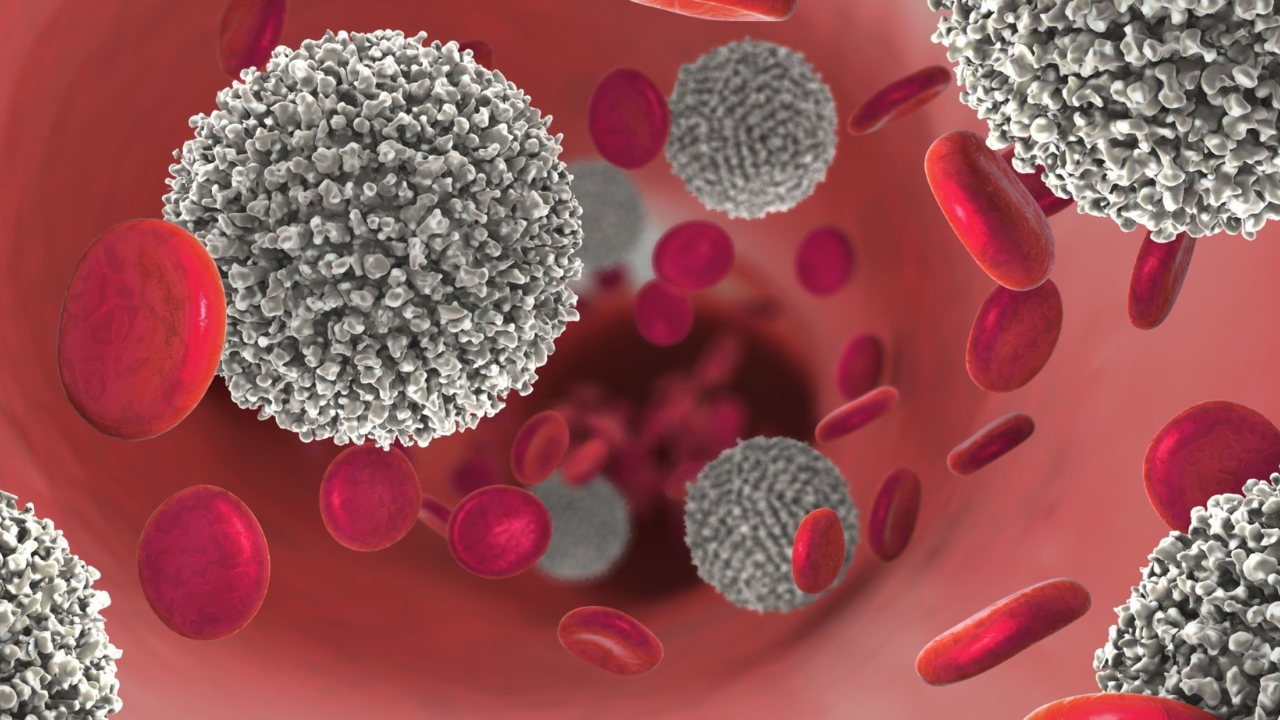The Different Types of Blood Cancer and Their Symptoms

Blood cancer, a complex group of diseases affecting the blood, bone marrow, and lymphatic system, is a formidable challenge in the realm of healthcare. Leukemia, lymphoma, and myeloma are the primary categories, each with its distinct types and subtypes. Recognizing the symptoms associated with these blood cancers is essential for early diagnosis and effective treatment. In this comprehensive exploration, we will delve into the various forms of blood cancer, discussing their unique characteristics and symptoms.
Leukemia
Acute Lymphoblastic Leukemia (ALL)
Acute Lymphoblastic Leukemia, a rapidly progressing cancer primarily affecting children, is characterized by the overproduction of immature white blood cells. Fatigue, weakness, frequent infections, and easy bruising or bleeding are common symptoms. In addition to these general symptoms, specific subtypes of ALL may present unique challenges in diagnosis and treatment, requiring tailored approaches for optimal outcomes. Understanding the prevalence of ALL in different age groups and the impact on bone and joint health is crucial for healthcare practitioners and patients alike.
Chronic Lymphocytic Leukemia (CLL)
Chronic Lymphocytic Leukemia, prevalent in older adults, involves the gradual accumulation of abnormal white blood cells. While early stages may be asymptomatic, progression can lead to fatigue, swollen lymph nodes, unexplained weight loss, and frequent infections. Subtypes within CLL may exhibit variations in genetic factors, influencing disease progression and treatment responses. Exploring advancements in targeted therapies for CLL and the importance of regular monitoring can contribute to improved patient outcomes.
Acute Myeloid Leukemia (AML)
Acute Myeloid Leukemia affects both children and adults, leading to the rapid growth of abnormal white blood cells, red blood cells, and platelets. Symptoms encompass fatigue, shortness of breath, pale skin, and easy bruising or bleeding. AML subtypes may exhibit distinct characteristics, necessitating tailored treatment approaches. Delving into the impact of AML on different age groups, evolving treatment strategies, and challenges in managing this aggressive leukemia provides a comprehensive understanding for healthcare professionals and patients.
Chronic Myeloid Leukemia (CML)
Chronic Myeloid Leukemia, more prevalent in adults, involves the excessive growth of mature white blood cells. While early stages may be asymptomatic, advanced disease stages can cause fatigue, weight loss, abdominal pain, and an enlarged spleen. Subtypes within CML may have varying responses to treatment, emphasizing the need for individualized care plans. Exploring the chronic nature of CML, emerging targeted therapies, and the significance of ongoing monitoring contributes to the holistic management of this leukemia.
Lymphoma
Hodgkin Lymphoma
Hodgkin Lymphoma targets the lymphatic system and is characterized by the presence of Reed-Sternberg cells. Symptoms include painless swelling of lymph nodes, unexplained weight loss, fever, and night sweats. Delving into the unique cellular features of Reed-Sternberg cells, advancements in diagnostic techniques, and the impact of Hodgkin Lymphoma on younger individuals provides a comprehensive view for healthcare practitioners and patients alike.
Non-Hodgkin Lymphoma (NHL)
Non-Hodgkin Lymphoma, a diverse group excluding Reed-Sternberg cells, manifests with symptoms such as swollen lymph nodes, abdominal pain, and fatigue. The classification of NHL subtypes, personalized treatment approaches, and the role of immunotherapy in enhancing outcomes are crucial aspects of understanding and managing this complex group of blood cancers.
Myeloma
Multiple Myeloma
Multiple Myeloma, affecting plasma cells, primarily occurs in older adults. Symptoms include bone pain, fatigue, weakness, and recurrent infections. Exploring the intricacies of plasma cell biology, advancements in novel therapies, and the evolving landscape of treatment options for multiple myeloma enhances healthcare professionals' knowledge and empowers patients in their journey.
Symptoms of Blood Cancer
Recognizing the symptoms of blood cancer is crucial for early diagnosis and effective treatment. While symptoms may vary depending on the type of blood cancer, some general signs to watch for include:
Unexplained Fatigue
Persistent and unexplained fatigue is a common symptom of various blood cancers, resulting from reduced production of healthy blood cells.
Unexplained Weight Loss
Unintentional weight loss can be a sign of blood cancer, especially lymphomas, where cancer cells interfere with nutrient absorption.
Swollen Lymph Nodes
Enlarged and painless lymph nodes, particularly in the neck, armpits, or groin, may indicate the presence of blood cancer, such as lymphomas or leukemia.
Frequent Infections
A compromised immune system is a hallmark of blood cancers, leading to frequent infections, prolonged illnesses, and slow recovery.
Bone Pain
Multiple myeloma and certain types of leukemia can cause bone pain, as cancerous cell accumulation in the bone marrow puts pressure on bones.
Conclusion
In conclusion, blood cancer presents a multifaceted challenge, encompassing various subtypes with distinct characteristics and symptoms. Early detection is paramount for effective treatment and improved patient outcomes. Exploring subtopics within each blood cancer type enhances our understanding of the diseases, fostering awareness and facilitating more targeted approaches to diagnosis and treatment for the best cancer treatment in chennai.
Regular health check-ups, awareness campaigns, and ongoing research efforts play a vital role in combating blood cancer. By staying informed, proactive, and collaborative in the medical community, we can contribute to the ongoing progress in the fight against these intricate and challenging diseases, ultimately improving the lives of those affected by blood cancer.
